Orbis Jewellery is a new business in Bawtry, Doncaster. Owned and run by husband and wife team Chris and Cecilia.
Chris has a long history in the jewellery trade after starting work as a trainee in a jewellery shop at the age of 16 in 1986. After three years working in the shop Chris moved to another employer in the heart of the jewellery trade in the UK, in Birmingham’s famous jewellery quarter. This is where Chris really started to learn the basics of jewellery making and repairs. Four years later Chris decided the time was right to open his own workshop in the same Jewellery Quarter. And so, in 1993 at the age of 23 he started down the path that has lead him here today. It was very tough to start with as it is for anyone starting a business for the first time. It was this baptism of fire that gave Chris the eye for detail and the self criticism that he thinks is crucial to the success of Orbis.
“You have to be your own biggest critic in this job, if you are not critical of your own work then there is opportunity for bad work to be released to clients and that should never happen.”
Cecilia also has a history in the trade. After moving to the UK from Peru in 2002 and started working in Birmingham Assay Office in the laser department. This involved hallmarking and laser engraving on many different pieces of jewellery. Finally leaving in April of 2016 to concentrate on the opening of Orbis Jewellery.
We want the business to be modern, using the internet and social media to promote ourselves. But at it’s heart, jewellery is a very traditional trade using very old methods of craftsmanship and along with that, some quite antiquated looking pieces of machinery and hand tools. As part of the modern approach, we have been able to secure a valuable relationship with one of the big diamond suppliers from London. This gives us access to very large stocks of certificated and un-certificated diamonds of all shapes and sizes and the inventory of certificated diamonds can be found in our diamond range page. This will allow clients to be able to be a part of the process of building their own piece. Starting with choosing a loose stone (which we can usually have in the shop for a client to view within one or two working days) and then discuss with us a style of mount and the piece will be set and finished on site in the first floor workshop. And in the same workshop we are able to offer a full repair and restoration service on your jewellery items.
The art of jewellery making and repairing is a dying trade and we hope to keep it alive in Bawtry, as one of the few remaining workshop jewellers in the UK, for as long as possible with the continued support and custom of our clients.
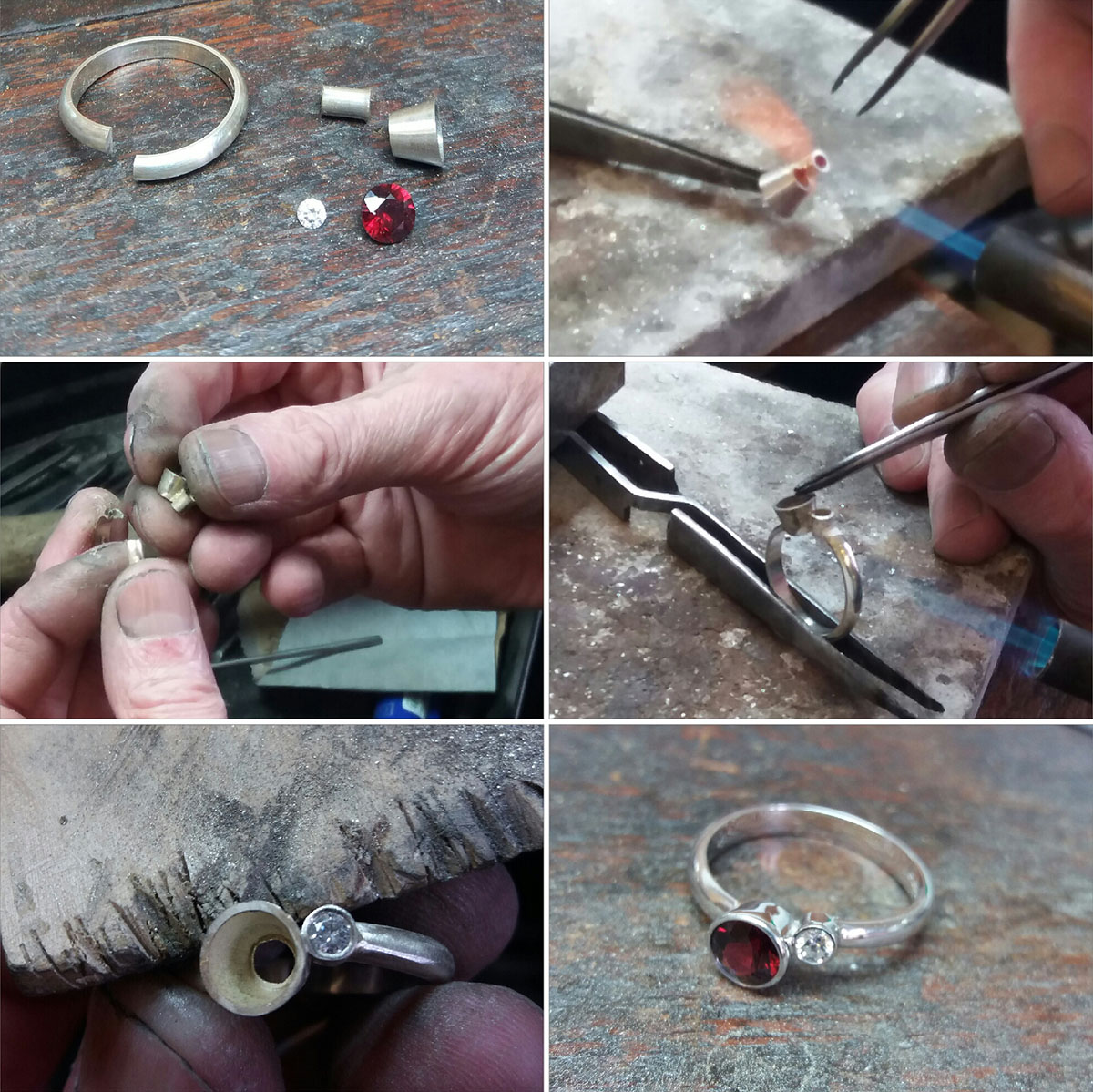
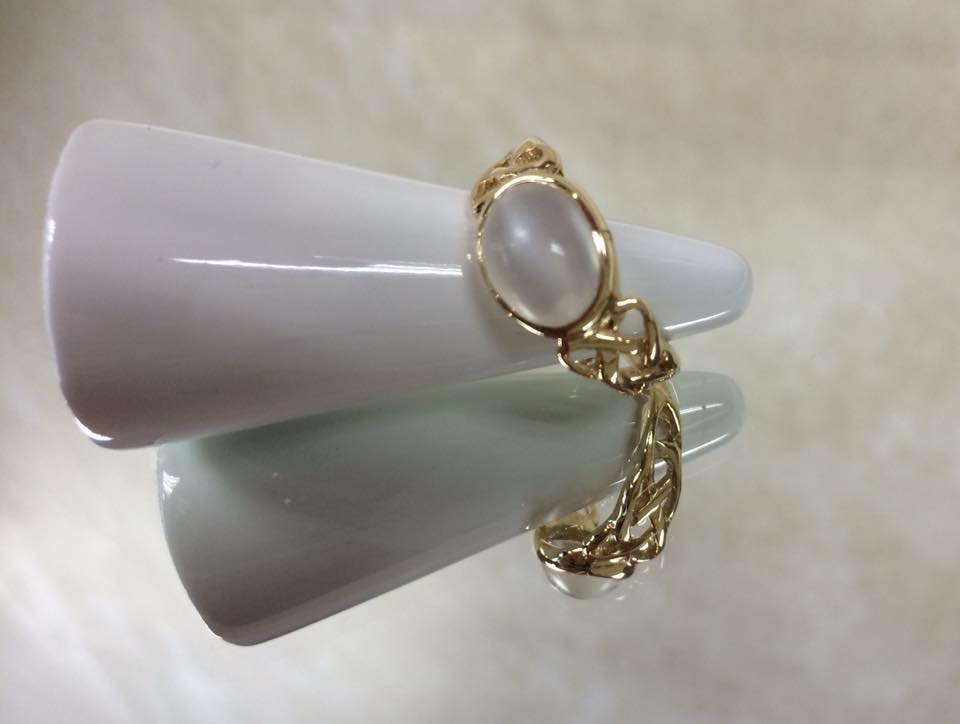
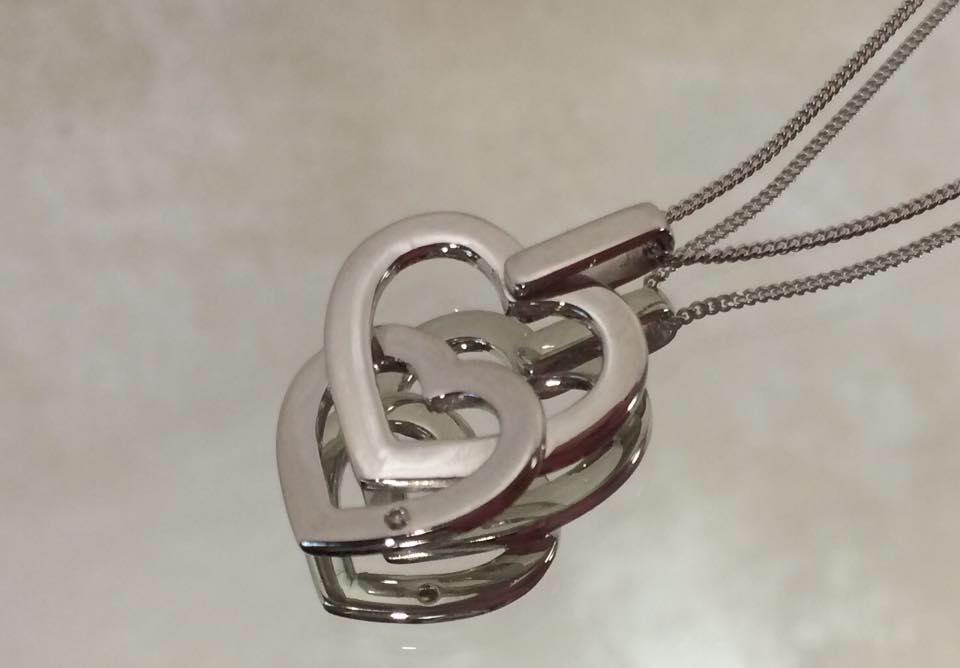
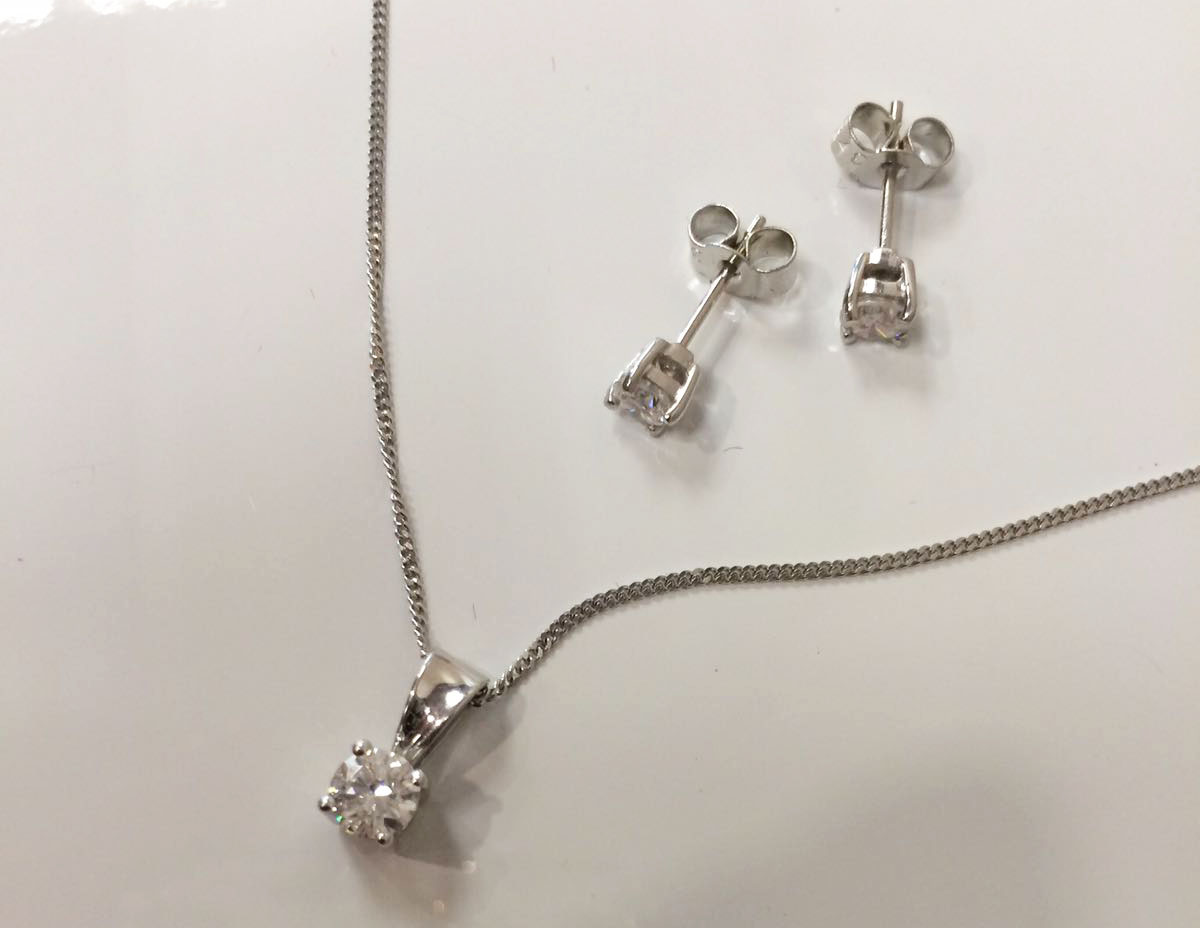
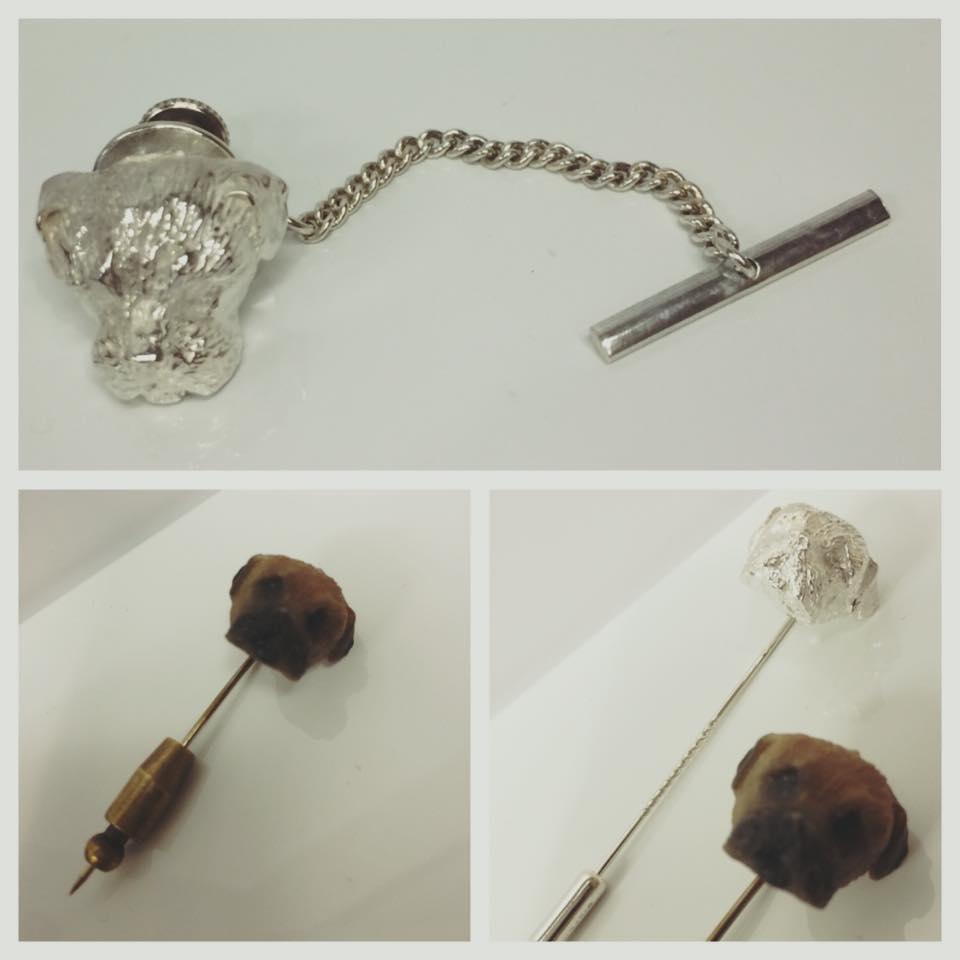
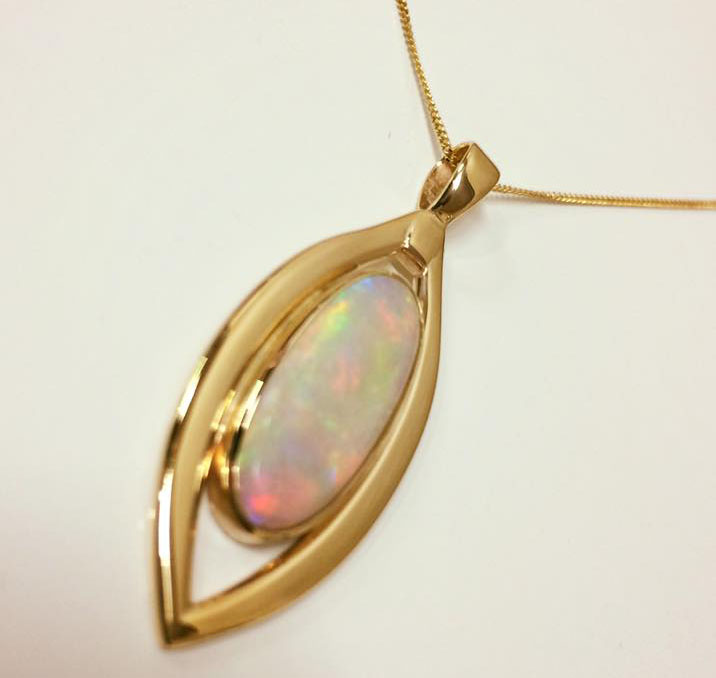
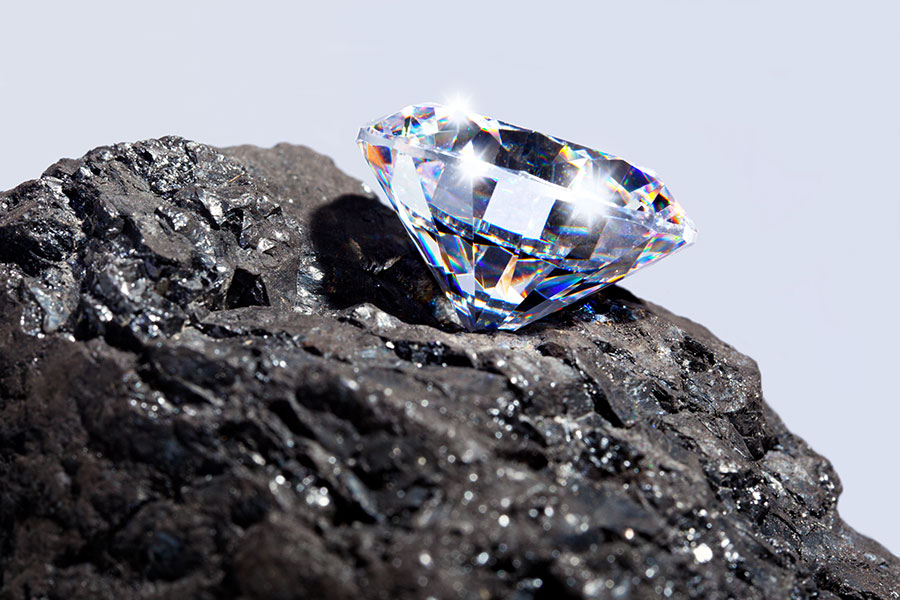 In white or colourless diamonds, colour is universally graded using an alphabetical scale from D to z with D being the highest grade.
In white or colourless diamonds, colour is universally graded using an alphabetical scale from D to z with D being the highest grade.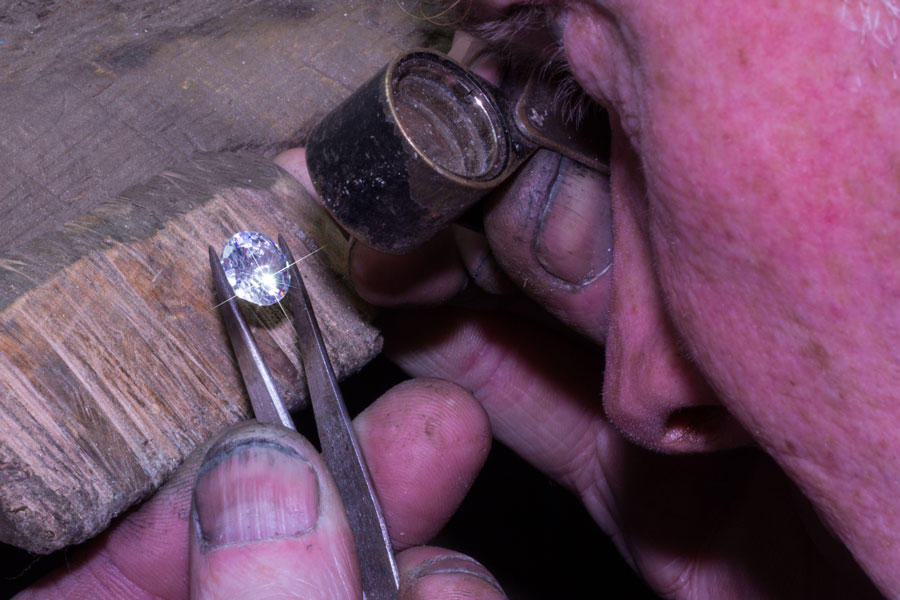 Diamonds and other gemstones are weighed in metric carats. One carat is 0.2 grams and a carat is split further into 100 points (a diamond weighing 50 points is a half carat diamond).
Diamonds and other gemstones are weighed in metric carats. One carat is 0.2 grams and a carat is split further into 100 points (a diamond weighing 50 points is a half carat diamond).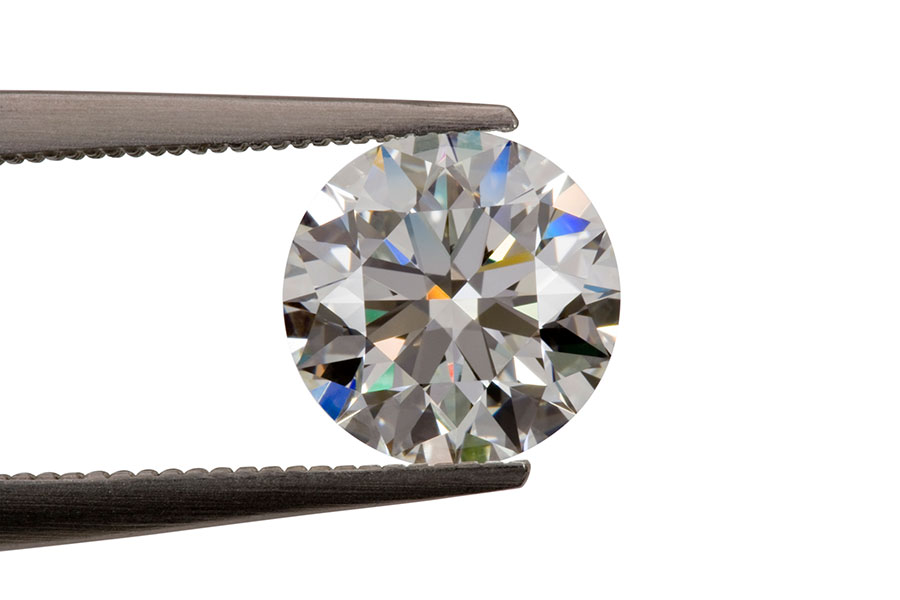 The quality of the cut of a diamond is important, because it dictates a diamond’s fire, sparkle and brilliance. A standard round brilliant cut will have 57 facets and how these facets relate to each other will determine how the light will pass through the diamond. The scale for the quality of the cut goes through Excellent, being the highest grade, Very good, Good, Fair or Poor.
The quality of the cut of a diamond is important, because it dictates a diamond’s fire, sparkle and brilliance. A standard round brilliant cut will have 57 facets and how these facets relate to each other will determine how the light will pass through the diamond. The scale for the quality of the cut goes through Excellent, being the highest grade, Very good, Good, Fair or Poor.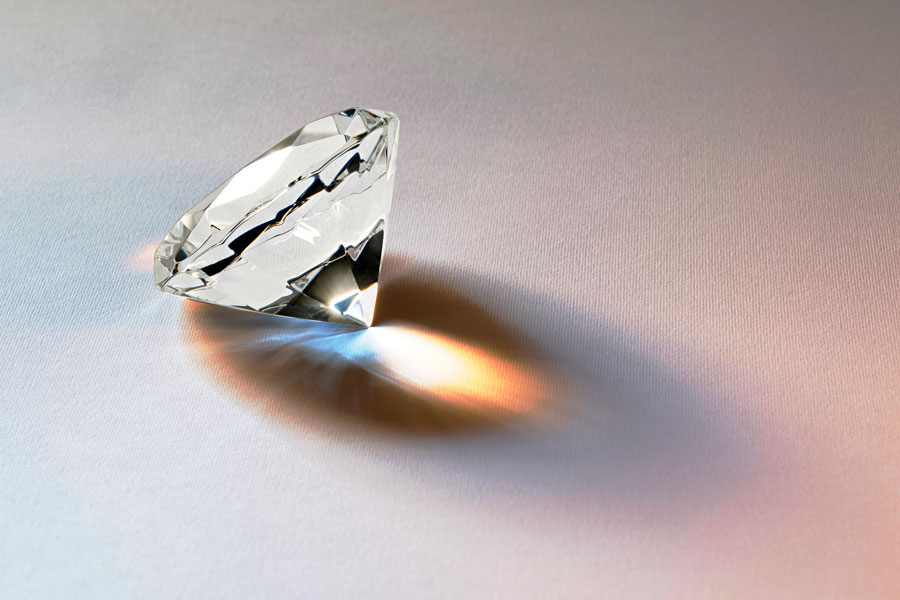 Diamonds are formed under extreme heat and pressure deep inside the earth and often display internal inclusions or external blemishes.
Diamonds are formed under extreme heat and pressure deep inside the earth and often display internal inclusions or external blemishes.